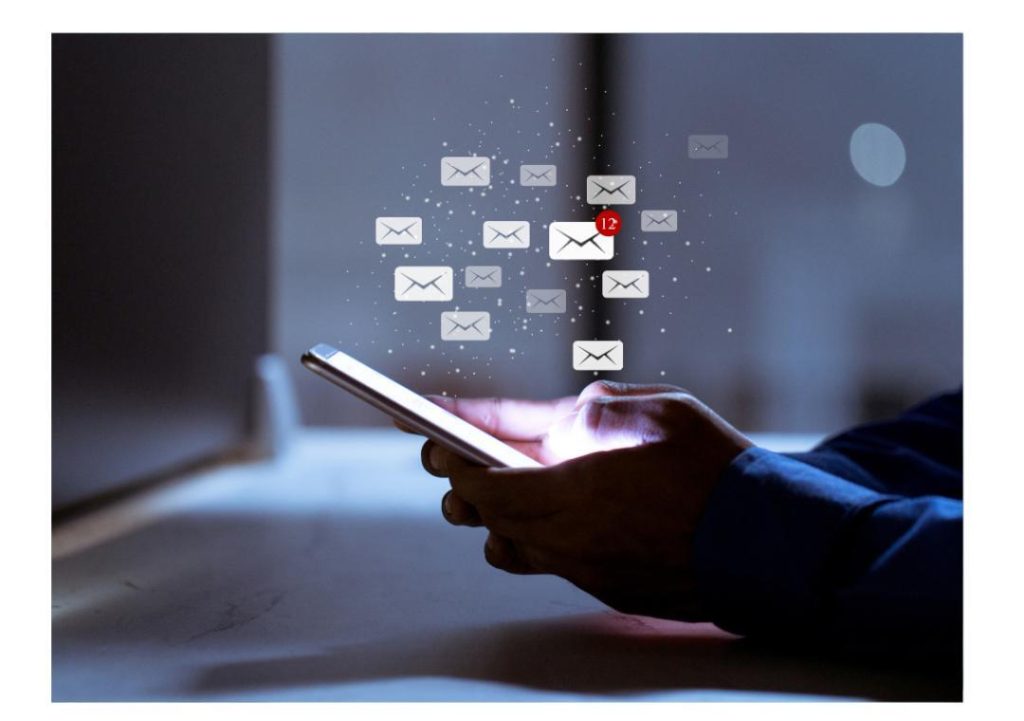
Still Manually Sending Emails?
In today’s fast-paced digital landscape, manual marketing efforts can be both time-consuming and resource-draining. Sending emails, creating campaigns, and tracking results – it’s a never-ending cycle that can leave teams feeling overwhelmed and underutilized. But what if you could automate these tasks and free up your team to focus on higher-level strategy and creative projects?
The answer lies in marketing automation. With the right platform, you can segment your users, trigger actions based on their behavior, and optimize content delivery to achieve higher engagement with less effort. In this blog post, we’ll explore the benefits of smart automation workflows and how they can help your team deliver consistent brand messaging at scale.
The Challenges of Manual Marketing
Before we dive into the world of automation, let’s take a closer look at the challenges of manual marketing. Here are just a few examples:
- Time-consuming tasks: Sending emails, creating campaigns, and tracking results can take up a significant amount of time, leaving little room for strategic planning and creative projects.
- Limited personalization: Without automation, it can be difficult to personalize your marketing messages to specific segments of your audience. This can lead to a one-size-fits-all approach that fails to resonate with your target audience.
- Inconsistent branding: Without a centralized platform for managing your marketing efforts, it’s easy to end up with a disjointed brand image. This can be particularly problematic for companies with multiple locations or departments.
- Difficulty tracking results: Without the right tools, it can be challenging to track the effectiveness of your marketing campaigns. This can make it difficult to adjust your strategy and optimize your results.
The Benefits of Marketing Automation
So, what are the benefits of marketing automation? Here are just a few examples:
- Increased efficiency: By automating repetitive tasks, you can free up your team to focus on higher-level strategy and creative projects.
- Improved personalization: With automation, you can segment your users and deliver personalized messages that resonate with your target audience.
- Consistent branding: Automation platforms provide a centralized hub for managing your marketing efforts, ensuring that your brand image remains consistent across all channels.
- Better tracking and measurement: With the right tools, you can track the effectiveness of your marketing campaigns and adjust your strategy accordingly.
How Automation Workflows Can Help
So, how can automation workflows help your team deliver consistent brand messaging at scale? Here are a few examples:
- Welcome emails: Create a welcome email workflow that sends a personalized email to new subscribers, complete with a link to your latest content or offer.
- Abandoned cart emails: Set up an abandoned cart email workflow that sends a reminder to customers who left items in their cart without checking out.
- Nurture campaigns: Create a nurture campaign workflow that sends a series of emails to leads who have shown interest in your product or service, but haven’t converted yet.
- Win-back campaigns: Set up a win-back campaign workflow that sends a series of emails to inactive customers, designed to win them back and re-engage them with your brand.
The Importance of Smart Automation Workflows
While automation is certainly valuable, it’s not a one-size-fits-all solution. To achieve true success, you need to set up smart automation workflows that are tailored to your specific business goals and target audience. Here are a few tips for creating smart automation workflows:
- Start with a clear goal: Before setting up an automation workflow, define a clear goal for what you want to achieve. This could be anything from increasing conversions to improving customer engagement.
- Segment your audience: Segment your audience based on behavior, demographics, or firmographics to ensure that your automation workflow is targeted and effective.
- Use triggers and actions: Use triggers and actions to create a workflow that is triggered by specific behaviors or events. For example, you could set up a trigger that sends an email to customers who have abandoned their cart.
- Monitor and adjust: Monitor the performance of your automation workflow and adjust as needed. This could involve tweaking the workflow itself or adjusting the targeting criteria.
Conclusion
In conclusion, manual marketing is a drain on resources and can lead to inconsistent branding and poor results. By automating your marketing efforts with smart workflows, you can free up your team to focus on higher-level strategy and creative projects. With the right platform, you can segment your users, trigger actions based on their behavior, and optimize content delivery to achieve higher engagement with less effort. By following the tips outlined in this blog post, you can set up smart automation workflows that help your team deliver consistent brand messaging at scale.






